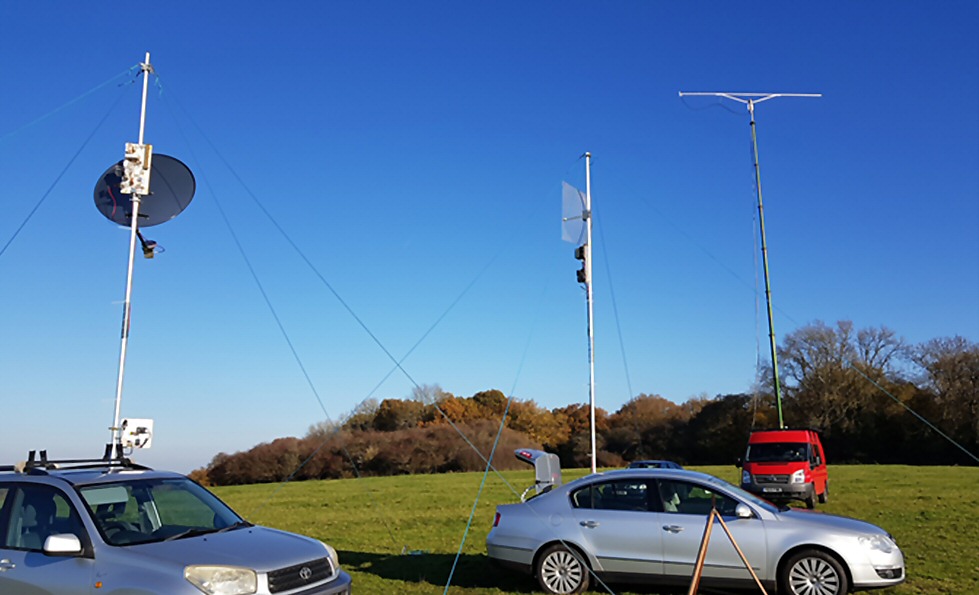1.3, 2.3 and 3.4 GHz
The lowest frequency microwave bands are:
- 1240-1325 MHz, 23cms
- 2300-2450 MHz, 13cms (2300-2302 under NoV, 2310-2350, 2390-2450)
- 3400-3410 MHz, 9cms

These are home to narrowband DX/EME, beacons, datalinks, satellites and ATV operation as well as repeaters for ATV, voice and data. Most modes popular in lower frequencies can be found in these bands too. Contests are organised by the RSGB and special interest groups including the UK Microwave Group and the BATC. Portable operating is common.
- Principal Narrowband operating centres are at 1296, 2320 and 3400 MHz
- Full Licensees can also apply for the 2300-2302MHz NoV
A number of commercially available radios support the 23cm band and there are many home stations equipped for operation. For 13cms and 9cms transverters are most commonly used in conjunction with lower frequency VHF or UHF radios. Several kit manufacturers supply good performance transverters with IF’s at 28MHz up to 432MHz.
23cm: The band is particularly suitable for DATV given the wide bandwidth available. The BATC supports the development of amateur TV in these bands and has a range of kits and sub-systems available for digital TV transmission and reception. Note that the band is subject to the restrictions in the Ofcom Coordination notice.
13cm: The band above 2400 MHz includes the QO-100 geostationary satellite uplink bands for both the narrow band and wide band transponders.
9cm: In addition to narrowband use, the band accommodates a growing number of DATV repeater outputs.
If you have any suggestions regarding any of these bands the please contact the Microwave Manager.
Note: Spectrum Release has affected parts of the 2.3 and 3.4GHz bands. Specific licence conditions apply. Background and further details are on the main band plan page and menu.











